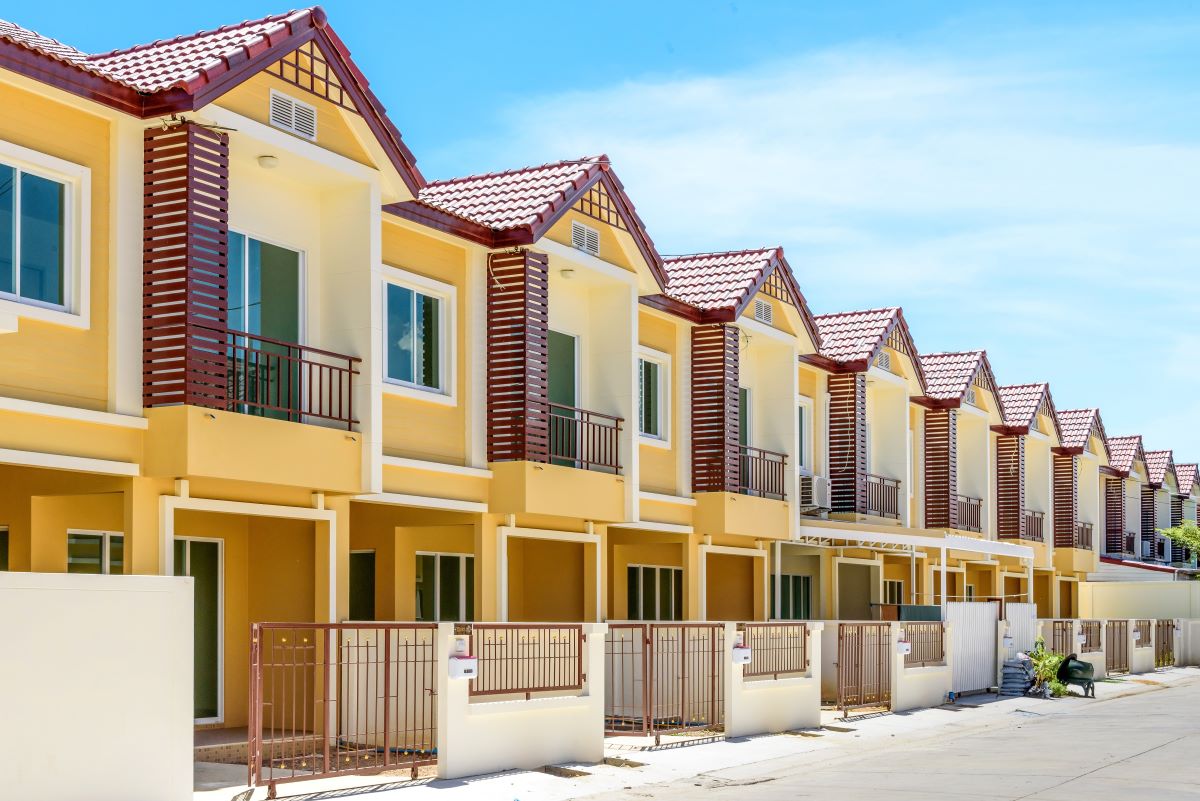The myth that solar power is expensive has been inaccurate for the past five to ten years. The price of solar panels is constantly dropping, even as solar technology continues to advance.
Advances in Solar Technology
Solar power systems are now practical additions to any home. An 8-kW system that can power an entire home requires less than 30 panels or about 500 square feet of your roof. Previous systems never came close to that efficiency, requiring more panels and higher costs. Modern panels are also more durable. They can last for up to 45 years at optimum efficiency (higher than 80 percent).
Most solar power companies guarantee optimum output in their systems for the first 25 years, covering repair and replacement. Modern solar panels will continue to produce power even if the skies are overcast, although at lower efficiency (30 to 40 percent). Rain and snow are no hindrance. Rain cleans dirt off your panels, and snow keeps your solar power system running more efficiently. Solar power works best in colder temperatures, so it should be fine as long as you clear the patches of snow in your panels.
Getting Your Panels

There are several ways you can get your solar panels. Buy them outright, opt for a lease contract, or get funding through a loan. A 10-kW system will cost you $12,000 to $15,000 (with federal tax credits on solar). Buying them outright can be a large investment, but you’ll be saving $100 or more every month for the next 35 to 45 years totaling $42,000 to $54,000. Leasing panels require very little investment.
A solar company will cover the cost of your panels as well as installation, and you’ll be required to pay leasing fees over a certain period (usually 10 years). You’ll save on electricity with the panels, but the company gets to keep the solar credits the panels produce. Leasing panels can save you around $500 a year, but it can complicate things if you’re planning to sell your house with a 10-year leasing agreement. Homeowners can also subscribe to solar farms, such as the one being planned in South Plymouth. You can also opt for a solar loan or FHA loan to cover the cost of your panels. With a 10-year term at 6 to 7 percent, the savings on your electric bill should cover most of the cost of your premiums. Once you’re done with the payments, you’ll still have 25 to 35 years of free electricity.
Dropping Your Electricity Bills to Zero
A 10-kW system should be enough to cover the electrical consumption of a 3 to 4-bedroom house and send excess electricity to the grid to cover your nighttime use and for credit. You can opt for a smaller system if you have a smaller household or your house is particularly energy-efficient. Insulation is one of the best ways to cut your electrical consumption. Proper insulation can reduce your energy needs by up to 30 percent, particularly in summer and winter. Energy-efficient appliances also make a big impact, especially freezers, refrigerators, air conditioning systems, and washers.
Making the Most of Your Power Production
Some states like Massachusetts, New Jersey, and California will send you a check for excess power production at the end of the year, but most states will give energy credits that fizzle out if left unused. While it’s always good to save electricity, not getting credit for excess production can be a downer. One of the best ways you can use excess energy is by opting for an electric car. You’ll be charging it for free, and you’ll be saving more than $2,000 on gas per year.
Solar power is one of the best additions to any home, even if you’re not a staunch environmentalist. It is practically free, even paying for itself more than thrice-fold.

